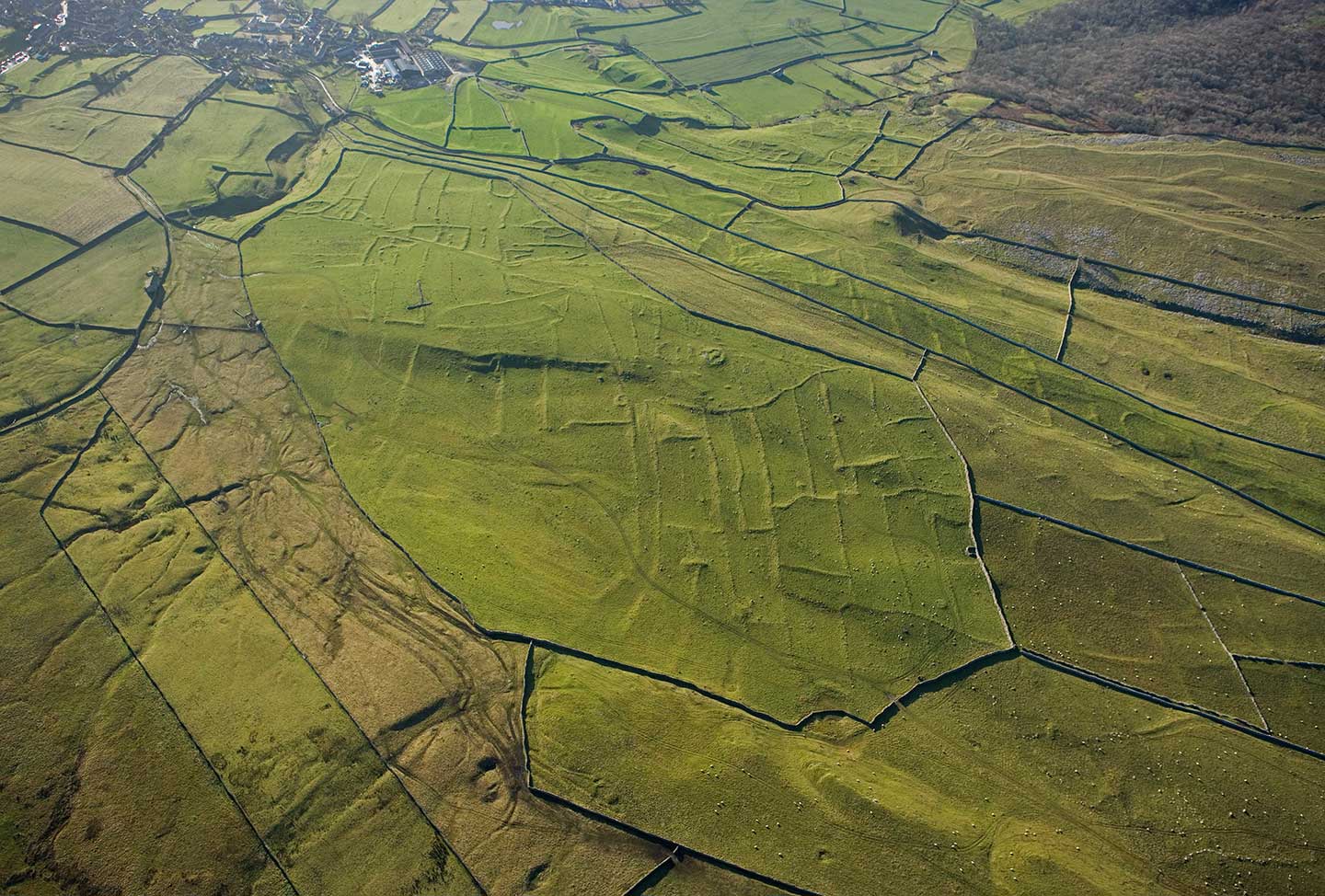Introduction to Issue 25
John Cattel, our National Head of Research introduces Issue 25 of Historic England Research Magazine, which focuses on why and how change to the historic environment can be managed at landscape level.
In this issue the following articles look at ways of managing change to our heritage and the broad landscape level. The starting point for this exploration is that what we may thing of as 'natural' landscapes have in fact been shaped by thousands of years of human activity.
Change can come for example through development or planned climate change responses such as tree planting or rewilding. Many of the methods of managing change that we feature here tap into technologies such as GIS and predictive modelling.
-
Mapping and Modelling the Historic Landscape
Historic England Landscape Strategy Adviser Jonathan Last gives an overview of the theme of this issue: managing change at landscape level.
-
Measuring Impact and Managing Change in the Oxford to Cambridge Arc
Developing the methodology for assessing sensitivity of the historic environment at the earliest stages of major landscape change.
-
London Archaeology and Characterisation
The challenges of managing change in complex townscapes and time-depth.
-
Archaeological Sensitivity Mapping
Developing a methodology for understanding where future significant archaeological discoveries may be made.
-
The Roman Landscape Characterisation and Prediction Project
Harnessing the potential of existing knowledge to develop predictive models of Roman settlement.
-
Beach Replenishments as Windows into Submerged Pleistocene Landscapes
Evidence of landscapes and lifeways from the distant past brought to light during replenishment of Essex beaches.
-
Assessing Sensitivity, Capacity and Opportunity in the Wider Historic Environment
Discussion of how historic landscape be more fully involved at the earliest stages of planning for large-scale landscape change.
-
Planting Trees for the Future Whilst Protecting the Past
Developing new datasets to ensure that the right tree is planted in the right place.
-
Landscape Histories for Landscape Futures
Exploring the evolving role of archaeology in large-scale nature recovery projects.
-
Research Reports Roundup August 2023
A roundup of recent research reports added to our database in June 2023 to August 2023, displayed by heritage themes.
Download Issue 25 in PDF format







